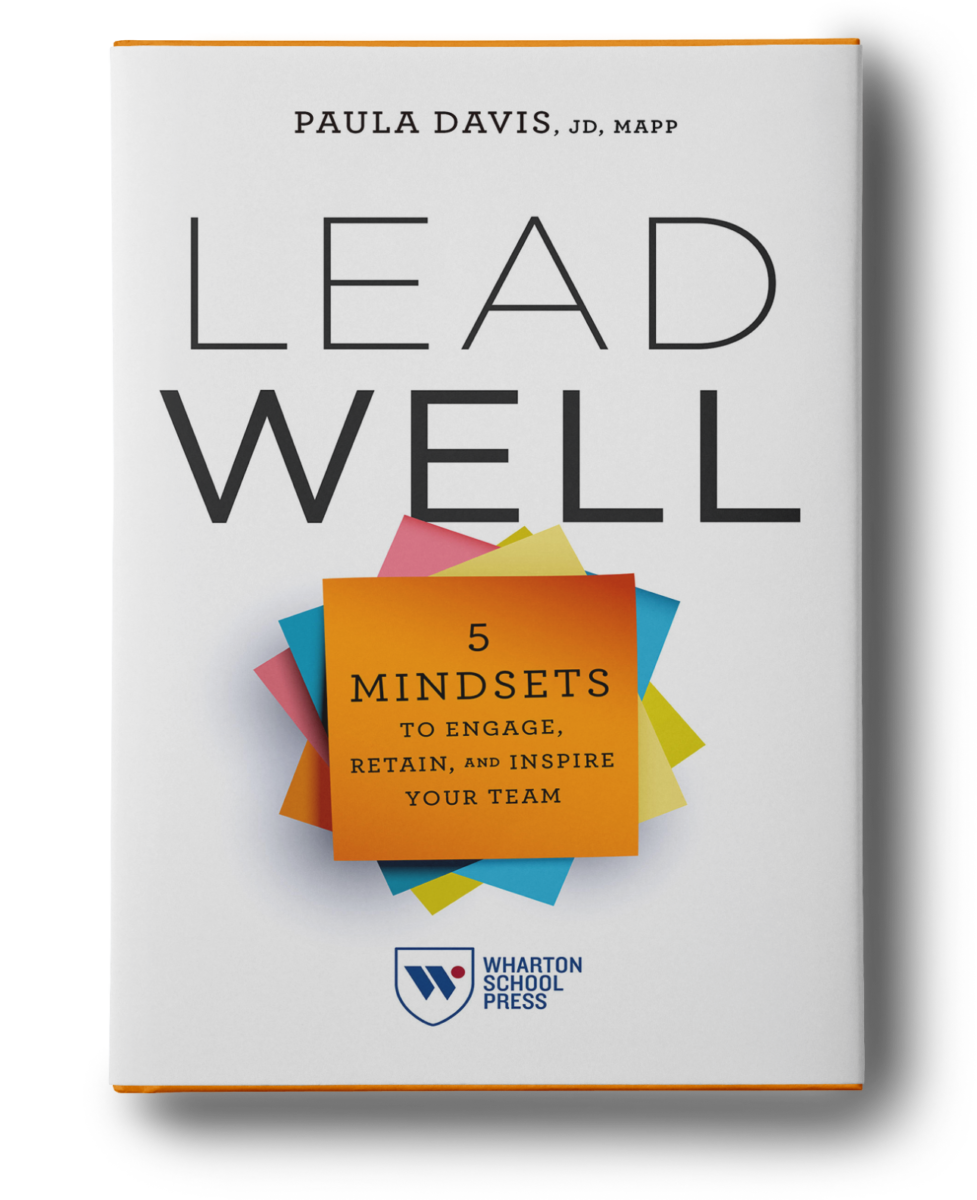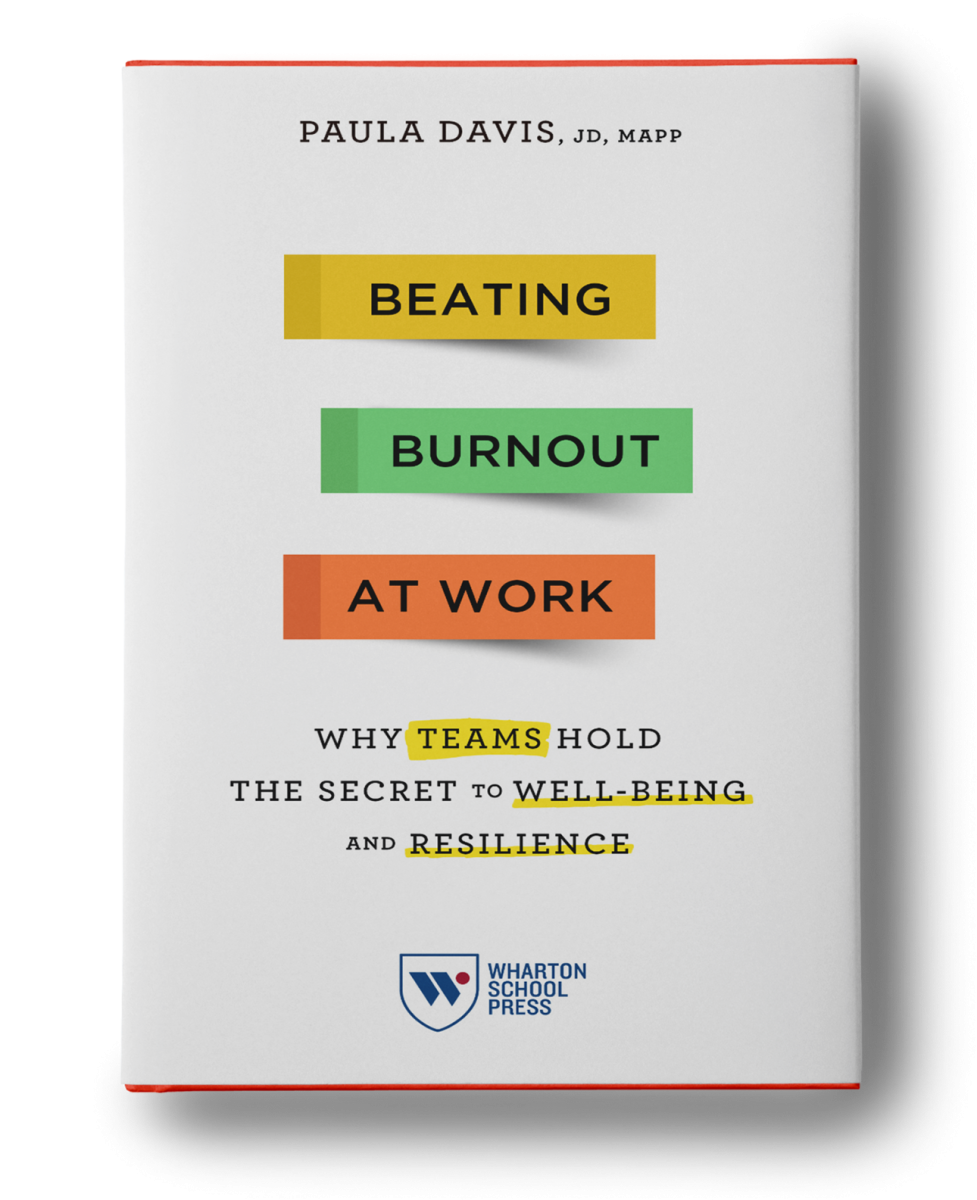ALM published its annual Mental Health Survey today revealing that pandemic stress, economic uncertainty, and billable hours pressure have been a potent combination hindering mental health efforts in many law firms. Nearly 3,000 lawyers answered questions related to well-being and the relation to law firms’ culture and policies. More than 50% of the respondents said they felt increasingly cynical and a decreased sense of accomplishment, while 60% felt overwhelmed and exhausted. More than 75% of the respondents revealed that their work environment contributed to their mental health issues, with the top reasons being billable hours pressure, the 24/7 pace of the work, and client demands.
I first joined the lawyer well-being movement in 2010 when I graduated with my master’s degree in applied positive psychology. My colleagues and I were ready to incorporate the many science-backed strategies we knew would help lawyers, legal professionals, and firms but the profession was not yet ready to receive the message. Fast forward to today, and as the ALM study states, “At no point in the history of law firms has mental health and wellness been talked about as much as it was in the past three years.” That is progress for a profession not exactly known for making change.
Importantly, the ALM study reinforces a critical message: In order for change to continue and for some of these statistics to start reversing, leaders must also address the cultural issues that are inextricably linked with the well-being conversation. I have previously discussed some innovative ways firms have approached the well-being and teams/culture conversation. Here are some highlights:
One of the biggest causes of burnout in the workplace is having an unmanageable workload. The partners talked in detail about what that meant and considered ideas to manage high workload beyond simply adding more lawyers. They spoke about reducing the number of meetings and adding more structure to them, along with leveraging the many workload management resources the firm has available.
Foley offered burnout prevention and teams programming specifically for its management committee, department chairs, and office managing partners. Importantly, the leaders were willing to address tough issues that were impacting team trust – like how to talk to partners who might not be living up to the firm’s culture and core values. Jennifer Patton, Foley’s chief legal talent officer, shared that after the session, a senior leader was inspired to share a story with the entire firm about a time when he overcame a challenge and showed resilience in his career.
Sheppard, Mullin, Richter & Hampton LLP
The team at Sheppard Mullin used an innovative approach to talk about well-being and culture with its senior leaders. After a workshop framing the issues and offering teams-based strategies, Bess Sully, chief human resources officer, and Lois Durant, chief diversity & inclusion officer, led a design thinking workshop for senior leaders. The firm also launched a program that allows associates and special counsel to use up to 40 hours of billable credit time each year to rest and recharge.
The firm created a survey asking the associates about their sources of stress and different signs of burnout they have experienced, and the results were shared with firm partners. Recognizing the need to empower lawyers to make change in these areas, Scott Peeler, a partner and member of the firm’s executive committee, created a firm Fellows Program. It’s a three-year leadership development program with the goal to teach and prioritize leadership at the firm, specifically incorporating well-being principles and conversations.
Sidley offers programs about psychological safety and motivation for senior associates and counsel. What has been unique about these programs is that partners are part of the discussion. They offer valuable perspectives (and great stories) on both topics, particularly about how you preserve trust when you have to manage up (to both partners and clients).
Legal teams can make important strides in addressing culture by incorporating small strategies more consistently. Here are some additional TNT’s (tiny noticeable things) that may help ease workload stress and facilitate belonging, connection, autonomy, and well-being:
- Build a culture of appreciation. I talked to a group of senior IP lawyers a few months ago, and one of them emailed me after the program and said, “I’ve been and my firm for 25 years, and I’ve heard “thank you” twice. Many leaders and professionals express the same sentiment – this is an easy place to start;
- Begin with the end in mind. As a matter starts or changes over time, pull the team together and ask:
- What are our intended results?
- What challenges can we anticipate?
- What have we learned from other similar challenges?
- What does success look like?
- End intentionally. Teams that regularly debrief about important goals, for key decision points, and at the end of matters have higher levels of trust and less burnout. This is because the process of formally reviewing an event enhances team members’ sense of control and support. Here are some questions to get you started:
- What was the intended outcome? What actually happened?
- What went well?
- What should we do differently next time?
- What specific actions/theories/arguments/behaviors helped or didn’t help?
- Hold meetings that are efficient and intentionally thought out, including agendas and easy to understand supporting materials; consider whether a meeting is even necessary to gather the information you need;
- Provide a rationale or more in-depth explanation for projects, goals, and vision. Ask a client to tell you his/her/its story and make sure that is shared with the team;
- Provide opportunities for lawyers and professional staff to represent the firm or legal or legal organization by authoring articles, speaking, or create new training or affinity groups;
- Ask people how they are doing; ask about their families, hobbies, and interests;
- Increase effective teaming practices so that lawyers can take a weekend off if needed, attend family functions like weddings, participate in their kid’s lives, or pursue hobbies without having to be as tethered to their phones;
- Have an on-call person to handle weekend emergencies and rotate that person;
- Be as clear as you can about the priority of assignments, status updates, clarity of assignments, and due dates; and
- Make sure all lawyers are aware of templates, directories, where important documents and data are housed and important client information is kept so that these can be accessed quickly.
When the pandemic hit, I was worried about how the legal profession would respond. My fear was that years of hard work in the well-being space would be set aside in favor of the urgency and gravity of the moment. I was wrong. The pandemic ushered in new interest and concern over the state of people’s mental health and well-being and started conversations about the role that culture plays in that equation. Yet, as the ALM study shows, we all need to do more. Much more. Let’s continue to build and expand on the tremendous work we have all just begun.
For more information and support go to our On-Demand Resource Center.







